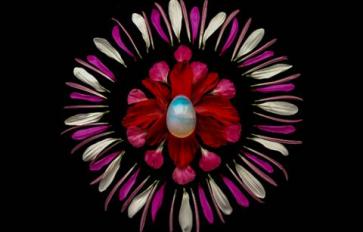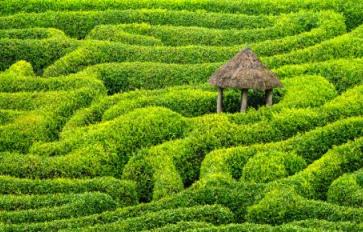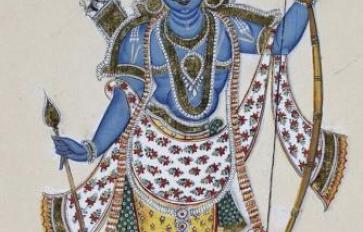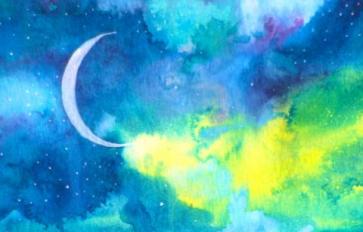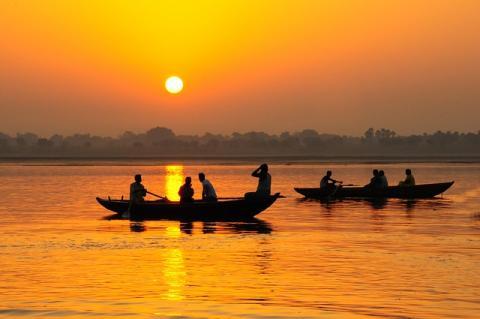
Revered and worshipped, full of bacteriophages, the Ganges is now a river of polluted sorrow…
As a child, I grew up reading about the Ganges River, Maa Ganga as it’s called in Indian religious texts. I read and retained that the Ganges is the holiest of all rivers running through India – it’s a sacred river, revered and worshipped as a goddess throughout many of the northern states that it runs through.
The Ganges is one of the largest freshwater rivers of India with many tributaries that flow through many northern states. Emanating at the Gangotri glacier in the Himalayas, the Ganges brings down mineral-rich water from the mountains to the plains, thereby enriching the flora and fauna all around its vast banks. It’s a fast-moving river that stays true to its course and finally meets the sea at the Bay of Bengal on Indian’s eastern coast. The life force of many, the Ganges provides food, water and a means of living and earning to all those who live around its rich banks.
Why is the Ganges holy, mythologically?
The Ganges, along with the Yamuna and the now-vanished Saraswati were the holy trinity of rivers – the point at which they met was considered more holy than any spot on earth – bathing in that confluence would ensure all sins being washed and the bather would eventually attain Moksha – the state where the soul is absorbed within the greatest soul of them all, the paramatma, i.e. God.
Mythologically speaking, the Ganges was a heavenly river, or rather a celestially cosmic river. The story is in fact quite convoluted and complex, but to put it simply, when Vishnu was challenged to measure the universe, he did so with his left foot and in doing so, punctured the very end of this universe with his toenail. The celestially flowing Ganges so entered this universe, and started residing in the heavens. Centuries later, a king requested Brahma (the creator) to send the Ganges to earth so that the sins of his ancestors could be washed away and they could attain Moksha. Brahma then asked Ganges to go to earth, but in doing so angered her. Ganges decided to flow down to earth in full force – to protect the earth mother, Shiva entrapped Ganges in his hair and then slowly let her flow in many streams that flowed swiftly but did not destroy. And so the Ganges came to earth. Interestingly, the Ganges is the consort of all three Lords of the trinity – she’s in Brahma’s kamandalu (water pot), is one of Vishnu’s wives and is continuously with Shiva – as he keeps receiving her waters from the heavens and lets them flow onto the earth. She is also the mother of Skanda, or Kartikeya and is also referred to as Shakti – for don’t her energizing waters reflect the energy of the universe?
Why is the Ganges holy, spiritually?
Spiritually speaking, the ashes of our cremated dead are immersed in the Ganges – for it is believed by the Hindus that by doing so, the river who has ascended from the heavens will carry the souls of the dead though the netherworld into the path of Moksha or enlightenment. It's only natural for us to feel a kinship with this river that has absorbed the ashes of our dearly departed, and continues to do so to date -- so much so that we put a sprinkling of water from the Ganges in and around the mouth of the departed. The Ganges purifies, and so this is symbolic of Hindus trying to purify the soul of the dead and cleanse them of all earthly sins so that they can attain heavenly abode.
Hindus don’t just worship the past, or the unknown. Sometimes behind the aarti and the archana is a simple sentiment that says “Oh Ganges, take care of the ones who are no longer with us. O heavenly, celestial river, we have handed over our departed family to you – keep them safe and help onwards towards the path of enlightenment for you, and only you, know the way to there.”
Why is the Ganges holy, scientifically?
Recent studies have hinted towards the water of the Ganges being rich in bacteriophages, which are viruses that attack and destroy harmful bacteria. Found more in quantity where the river flows unpolluted and clean, these bacteriophages are harmless to humans and prevent rotting and putrefication.
Despite this, we have polluted even that we consider holy. Today parts of the Ganges flow sparklingly and yet there exist parts of this river that are polluted, filthy and indescribably dirty. The Ganges, once revered and still worshipped, is far from the celestial river it may once have been. Today the Ganges is nothing but a river of sorrow, flowing with effluents and filth – languishing in disease and dormancy.
The Ganges is a significant part of the earth geographically and spiritually. But perhaps the point is that it isn’t really holy any more. In 2011, Swami Nigamananda Saraswati actually fasted to his death in a bid to stop illegal mining and quarrying on the banks of the Ganges to protect this river. Mining was subsequently banned, but it hasn’t stopped, nor has polluting the river with effluent, household waste and detergent. The Ganges still flows unclean. And yet, the evening aarti of Maa Ganga at Benaras or Hardiwar still glitters with pomp and show.
Many fear the holiness has been lost. Environmental activism and a revered respect for Mother Earth must be resurrected

